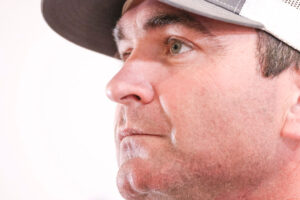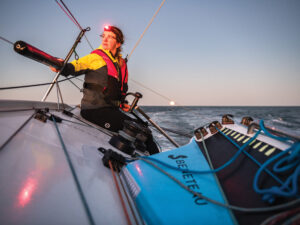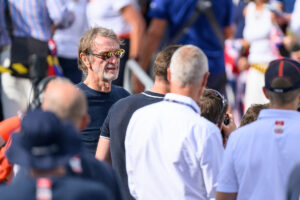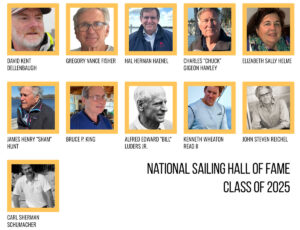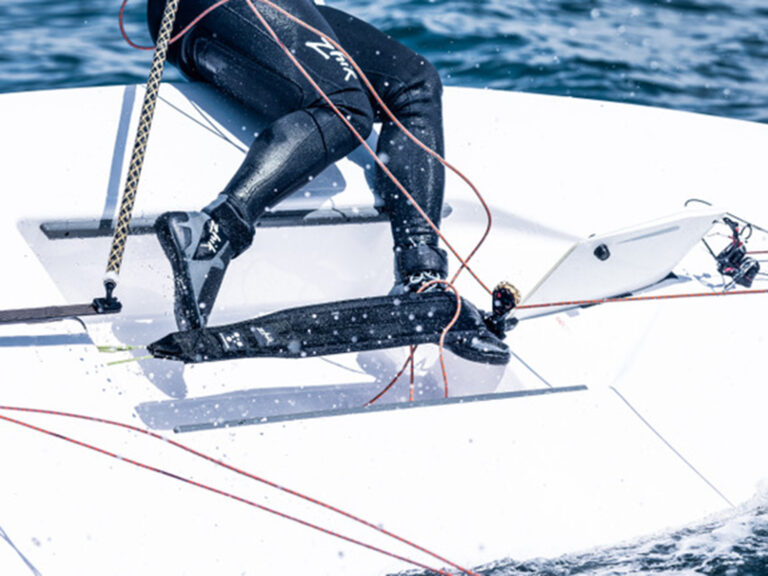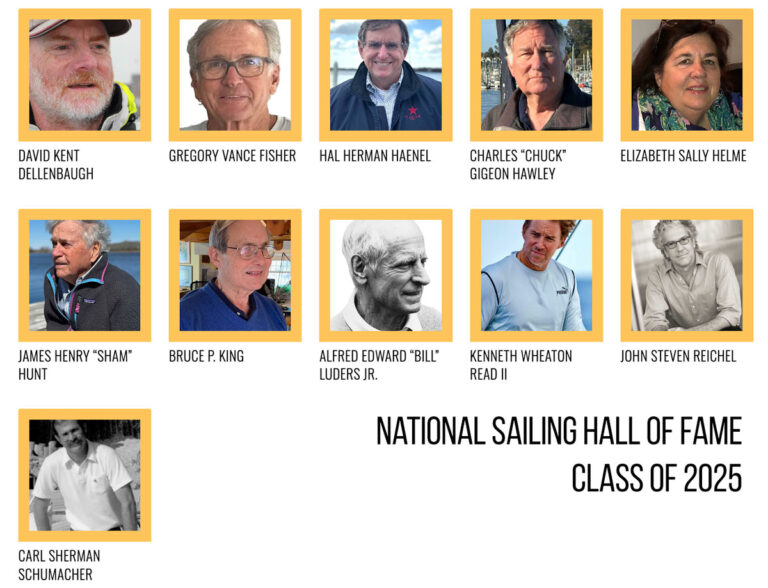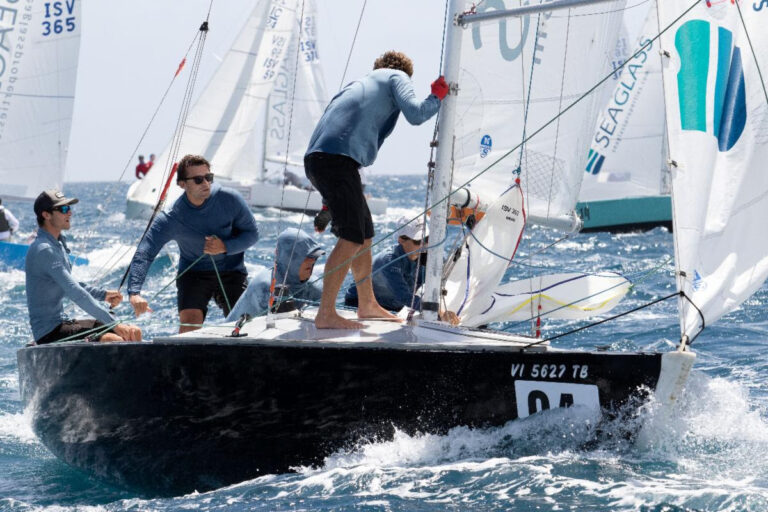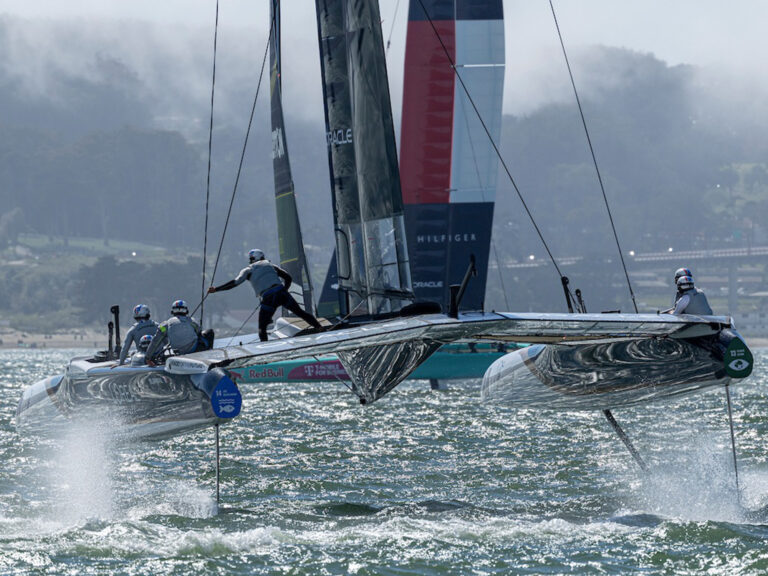Not since the New York Yacht Club was brought to its knees in the summer of ’83 has Newport, R.I., been so alive. Perhaps it’s because the city is on the eve of a long overdue return of the America’s Cup to the waters off Rhode Island. The UBS Trophy, June 19 to 26, pits Cup defender Alinghi in a week-long bout against the West Coast-based Challenger of Record, BMW Oracle Racing led by Larry Ellison. But a more likely explanation is that the 159 entries in this year’s Newport Bermuda Race have but one more day to prepare for the starting gun off Castle Hill on Friday. This Bermuda Race, the 49th running, has the potential to be one of the most exciting in recent years. With several new changes to the rules, most significantly those allowing the addition of water-ballasted boats, the event has taken major steps towards preserving its status as one of the premier ocean races in the sport. Officials have also increased the upper speed limit, making the race available to maxi boats that were too speedy to compete in previous races. These rule changes combined with a resurgence in boat building and competitive sailing have had immediate effect-all one need do is take a quick glance at the entry list. The 2004 Bermuda Race boasts some of the fastest boats in the world. The trio of maxZ86s, line-honors favorites, and the addition of a Big Boat Demonstration Class, emphasizes the committee’s dedication to embrace the current trend towards bigger and faster boats. This will be the first time all three of the maxZ86s will meet. The two newer CBTF (Canting Ballast Twin Foil) boats-Roy Disney’s Pyewacket and Hasso Plattner’s Morning Glory-hold a slight advantage over the original maxZ86 Windquest (ex-Zephryus V), which relies on water pumped to tanks on the windward side to enhance stability. When asked how Windquest would fare against its two bigger sisters, skipper John Bertrand said, “Well, they’re longer, thinner, handle more sail area, and are more stable. We expect to hang with them for a little while, but it won’t be long until they start to pull away.” Bertrand believes these boats are an indication of the future of the sport: “There has definitely been a shift toward bigger, lighter boats. Better performing boats are more appealing because there’s less that can potentially break. Hardware is designed for these boats, and they’re made to be abused.” While this new class gets plenty of attention, they have been given their own set of awards and line-honors recognition in an attempt to protect the more traditional four classes also competing in the 635-mile ocean classic. In the IMS Cruiser/Racer class there are a number of early favorites. Larry Dickey’s new 52-foot IMS racer Ptarmigan is one of these; it was designed specifically for this event. “Ptarmigan should excel in offshore conditions found during the Bermuda Race.” Dickey says in an article on the boat in the new July/August Sailing World. “The sail plan, with in-line spreaders, runners, and checkstays makes for a versatile rig that you can change to fit conditions, unlike a swept-spreader configuration.” After a few weeks of tuning and a few regattas under its belt, Ptarmigan could very well be a contender for cruiser/racer victory. The crew will face tough competition from several of the larger boats, particularly last year’s winner of the St. Davids Lighthouse Trophy, Zaraffa. Skip Sheldon’s Reichel/Pugh 65 is making its first East Coast appearance since leaving just over a year ago in the DaimlerChrysler Transatlantic Challenge (which it also won). Zaraffa also won the Fastnet race overall a few years ago; its crew will no doubt be looking to continue their recent success. Given the abundance of discussion around the lack of a reliable rating system here in the U.S., the IMS Racer division temporarily quiets the crowd. Twelve solid entries include four Transpac 52s, two IMS 50s, two Farr 60s, East Coast perennials Blue Yankee (R/P 66), Titan XII (R/P 75), and Carerra (R/P 82) round out the top of the division. The IMS Racers and maxZ86s could potentially eclipse the Bermuda Race record of just under 54 hours set last year by Disney’s 75-foot Pyewacket. Disney averaged 11.8 kts in 2002-his newest boat, given the right conditions, could show periodic averages closer to the 20s. It will be interesting to see who, if anybody, breaks away first and whether they have the ability to challenge the current record. Current weather reports suggest the record may well stand. The fleet will leave Newport fighting light air and potentially frustrating conditions; however, a low pressure system moving through the area on Friday night could shake things up considerably. The official race website is www.bermudarace.com
